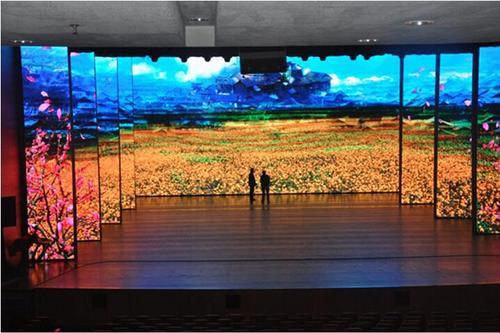Exploring the Key Elements That Affect Color Uniformity in LED Panel Screens for Optimal Display Performance
Exploring the Key Elements That Affect Color Uniformity in LED Panel Screens for Optimal Display Performance
Blog Article
Color uniformity in light-emitting diode wall screens is essential for achieving optimal visual output. light-emitting diode wall screens are widely used in various environments, including musical events, meetings, and advertising displays. When the colors on these screens are uniform, they create a more captivating and immersive encounter for audiences. Several key factors influence hue uniformity, including the caliber of the light-emitting diode components, calibration processes, and environmental factors.
The caliber of the light-emitting diode components plays a significant role in hue consistency. Different types of light-emitting diodes emit light at varying wavelengths, which can influence the total hue result. Premium light-emitting diodes are engineered to generate a more uniform light spectrum, resulting in improved hue accuracy. Additionally, the production method of these LEDs can impact their performance. Panels made with superior materials and techniques tend to have less hue differences, guaranteeing that the shown pictures and videos look vibrant and true to life.
Calibration is another crucial factor in preserving hue consistency in LED wall screens. Tuning involves modifying the configurations of the panel to ensure that the hues displayed match the desired appearance. This process can include adjusting luminosity, contrast, and hue equilibrium. Regular calibration is essential, especially in settings where lighting factors vary frequently. By calibrating the screens, specialists can correct any discrepancies in hue result, resulting to a more uniform viewing encounter.
Surrounding conditions also affect color consistency in LED wall screens. Factors such as ambient light, temperature, and moisture can affect how hues are perceived. For instance, intense surrounding light can dull colors, making them appear more lively. Similarly, harsh temperatures can affect the performance of the light-emitting diodes, resulting to color shifts. To mitigate these problems, it is crucial to place LED wall screens in controlled environments where lighting and heat can be managed effectively.
Finally, the design and arrangement of the light-emitting diode wall screens can impact color consistency. The configuration of the panels, as well as the spacing from which they are observed, can create differences in color perception. When panels are placed too distant apart or at varied positions, audiences may notice inconsistencies in color. To achieve the best optical output, it is crucial to consider the placement and alignment of the screens during setup. By tackling these factors, users can click this ensure that their LED wall panels deliver a uniform and superior optical encounter.